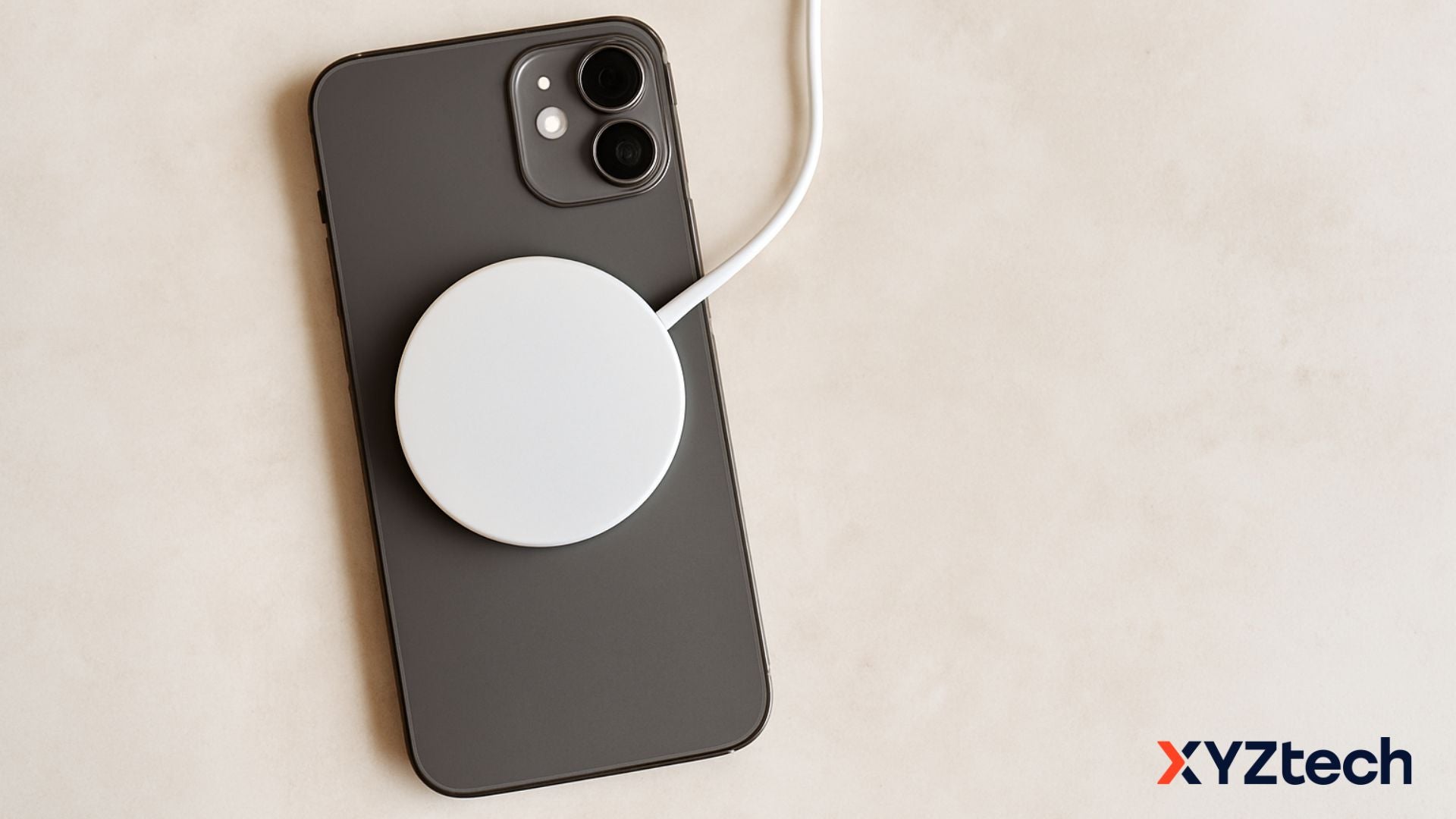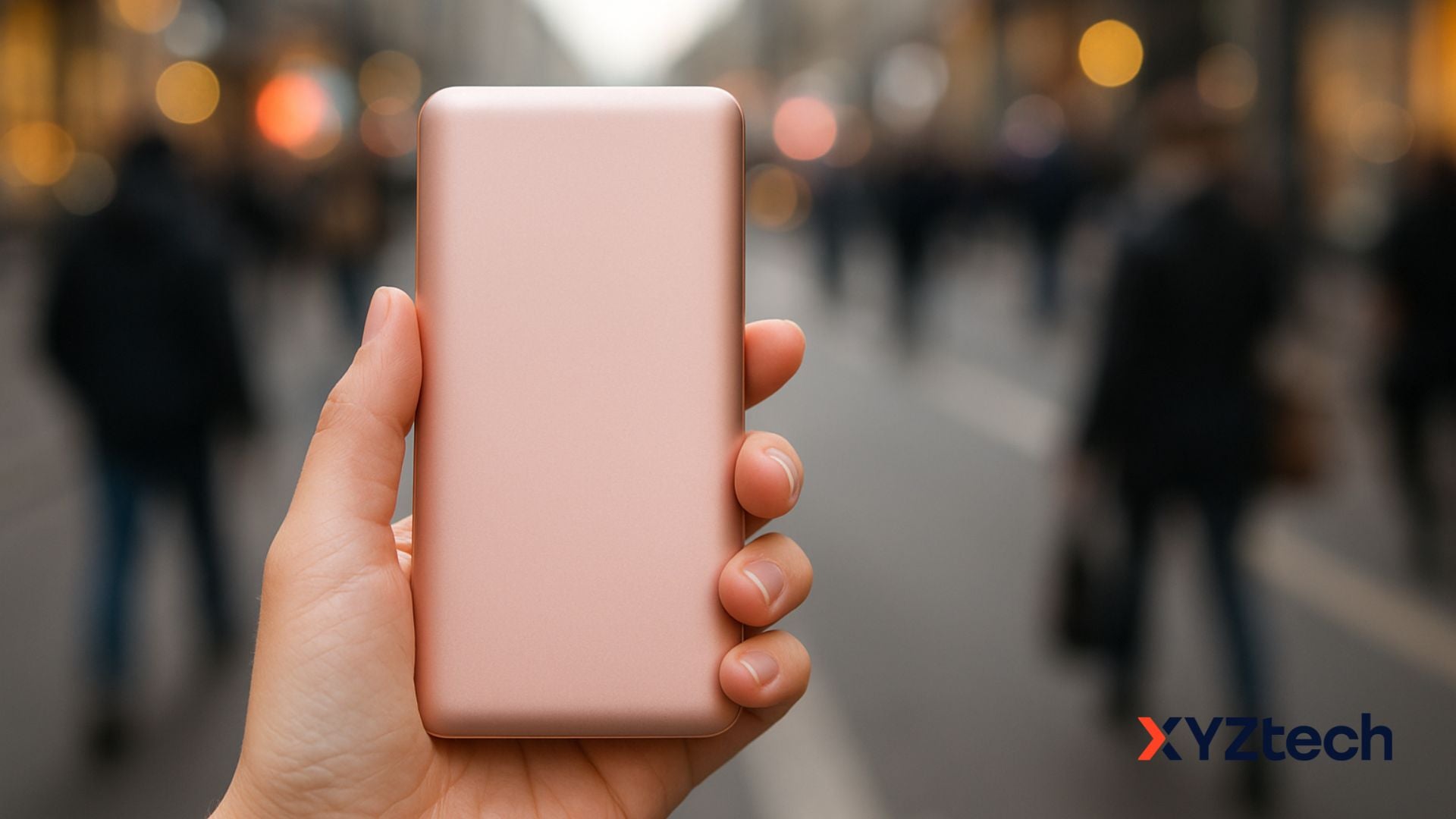MagSafe Charger Overheating: What’s Normal and When to Worry

MagSafe charging has become a go-to for many iPhone users who love the ease of wireless charging with a magnetic snap. But if you’ve noticed your MagSafe charger overheating, or worse, your phone getting hot too, it’s natural to wonder if something’s wrong. Is a warm charger just part of the wireless charging experience, or could it be a sign of a serious issue?
Today, we’ll break down the common causes of MagSafe overheating, when to worry, and what simple fixes can keep things running cool.
In this blog:
- Is It Normal for a MagSafe Charger to Get Hot
- What Causes MagSafe Charger Overheating
- Is MagSafe Overheating Dangerous
- MagSafe Charger Overheating: What To Do
- When to Seek Help
- Frequently Asked Questions
Let’s get started!
Is It Normal for a MagSafe Charger to Get Hot?
Short answer? Yes—but only to a point.
Wireless charging generates more heat than wired charging. That’s just how it works. Instead of sending power directly through a cable, wireless charging relies on electromagnetic induction, which naturally loses some energy as heat.
Apple even mentions on their website that your MagSafe Charger might get a little warm, especially when it’s actively charging your device. So if it feels slightly warm to the touch, it’s usually not something to worry about. But if it's getting uncomfortably hot or even causing your phone to stop charging, that’s a different story.
What Causes MagSafe Charger Overheating?
Several factors can lead to MagSafe charger overheating, and understanding these can help you figure out if there’s an issue or not.
1. Room Temperature and Environment
If you’re charging your phone in a warm room, under direct sunlight, or in a car on a hot day, the charger may heat up faster than normal. High external temperatures limit the charger’s ability to cool itself naturally.
2. Poor Heat Dissipation
Wireless chargers generate heat from both the coil inside the charger and the phone. If your phone is lying on a soft surface like a bed or couch, that heat can’t escape easily, causing both the phone and charger to get hotter than usual.
3. Using the Phone While Charging
If you're watching videos, playing games, or using GPS during charging, your phone’s processor is working overtime. That increases heat generation on both ends, especially when paired with fast charging.
4. Fast Charging = More Heat
MagSafe can charge up to 15W, which is faster than older Qi wireless chargers (usually 7.5W). The faster the charging speed, the more heat is generated. It’s not a flaw—it’s just physics.
If you're using a higher-wattage wall adapter (like 20W or above), that extra power could also contribute to more noticeable heating.
5. Defective or Non-Certified Chargers
Unfortunately, not all MagSafe-compatible chargers are created equal. Some third-party chargers claim to support MagSafe but don’t meet Apple’s safety or thermal standards. These chargers may overheat easily, especially if they cut corners on quality or cooling. If your MagSafe charger gets hot and stops charging consistently, it’s worth checking if it’s Apple-certified (MFi) or Qi2-certified.
6. Case Compatibility Problems
Thick, metal, or non-MagSafe cases can interfere with alignment and trap heat. When your phone and charger struggle to stay aligned, energy is wasted, and that energy turns into heat. Use a MagSafe-compatible case that aligns securely and allows heat to dissipate properly.
Is MagSafe Overheating Dangerous?
Usually, no. A warm charger is expected. Apple has built safety features into MagSafe chargers and iPhones to reduce power delivery if overheating is detected. You might even see a message like:
“Charging On Hold. Charging will resume when iPhone returns to normal temperature.”
That’s your iPhone protecting itself from overheating — not a defect, just smart thermal management at work.
But overheating becomes a problem when:
- The charger is too hot to touch.
- Charging stops frequently without explanation.
- You notice a burning smell or physical damage.
If any of these occur, stop using the charger and inspect it for issues.
How to Tell If Your MagSafe Overheating Is a Problem
Here’s how to spot the difference between “normal warm” and “this might be a problem”:
| Situation | Is It Normal? |
|---|---|
| Slight warmth while charging | ✅ Yes |
| Gets hot but still charges fine | ⚠️ Monitor |
| Phone pauses charging with warning | ❌ No |
| Charger disconnects or blinks on/off | ❌ No |
| Phone feels hot even after removing | ❌ No |
If your MagSafe charger is overheating persistently and extreme, it’s time to take action.
MagSafe Charger Overheating: What To Do
Here are some practical steps to cool things down—literally:
1. Unplug and Let It Cool
Unplug your charger and phone, and give them a few minutes to cool off. Overheating is often temporary,
especially if your phone was charging from a low battery while multitasking.
Also, try letting your phone
rest while it charges—especially if you're below 20% or using fast charging. The less the phone is doing, the
less heat it will generate.
2. Use a Cooler Charging Spot
Charge in a cooler, shaded area with good airflow. Avoid placing your phone on a bed, couch, or other soft surfaces that trap heat. A flat, hard surface like a desk is best for ventilation.
3. Check Your Power Adapter
Not all wall adapters are created equal. Using a low-quality or underpowered adapter can cause strain and contribute
to overheating. Your adapter is at least 20W and preferably Apple-recommended or from a reputable brand. Bonus
points if the outlet itself is in a cooler part of the house.
4. Remove the Phone Case
If you're using a bulky or non-MagSafe compatible case, take it off during charging. This helps air circulate better and improves heat dissipation.
5. Check for Software Updates
Make sure your iPhone is updated to the latest iOS version. Sometimes heat management improvements are included
in software updates. Head to Settings > General > Software
Update and make sure you’re running the latest version.
6. Inspect or Replace the Charger
If your MagSafe overheating issue persists, inspect the charger for any visible damage, discoloration, or warping. If anything looks off, or it’s too hot even when not in use, consider contacting Apple Support.
When to Seek Help
It’s best to stop using your charger and get it checked if:
- It stays hot even when unplugged.
- Charging often stalls at 84% or less.
- You notice burning smells or melting.
-
It feels unusually warm to the touch.
These are serious warning signs. Stop using the charger right away and contact Apple Support or a certified technician. If it’s a third-party charger, reach out to the seller or manufacturer, but make sure they’re reputable. Don’t risk your phone or your safety just to save a few bucks.
Frequently Asked Questions
Is it OK to leave iPhone on MagSafe charger overnight?
Yes, it's generally safe. iPhones have built-in battery management features that pause charging at 80% and finish closer to when you wake up, helping reduce battery aging. Just make sure your phone isn’t overheating and that you're using a certified charger.
Are “Made for MagSafe” products safe?
Yes, products with the "Made for MagSafe" label follow Apple’s safety and quality standards. They’re designed to align perfectly, charge efficiently, and protect your device. Always check for official certification to avoid cheap knockoffs that might overheat or charge poorly.
Is it better to charge with MagSafe or Lightning?
Lightning is usually faster, more efficient, and better for heavy use or quick top-ups. MagSafe is more convenient for casual use, especially if you prefer a tidy, wireless setup. For daily charging, either is fine.
Final Thoughts: Is MagSafe Overheating Dangerous?
In most cases, a warm MagSafe charger is normal, just part of how wireless charging works. But if your MagSafe charger overheating becomes a regular problem, or if charging performance drops, it’s time to troubleshoot.
Keep an eye on:
- The charger quality
- Your phone case
- Charging surface and airflow
- What your phone is doing in the background.
Think of it this way: heat is a signal. If something feels too hot, it’s worth adjusting a few things. Small changes, like swapping your case or using a better charger, can make a noticeable difference.
Related Articles
MagSafe vs Lightning vs Qi Charging: Which is Better?
How to Keep A Phone Battery Healthy: Top 10 Battery Care Tips
Is Wireless Charging Bad for Battery? The Truth You Need to Know




